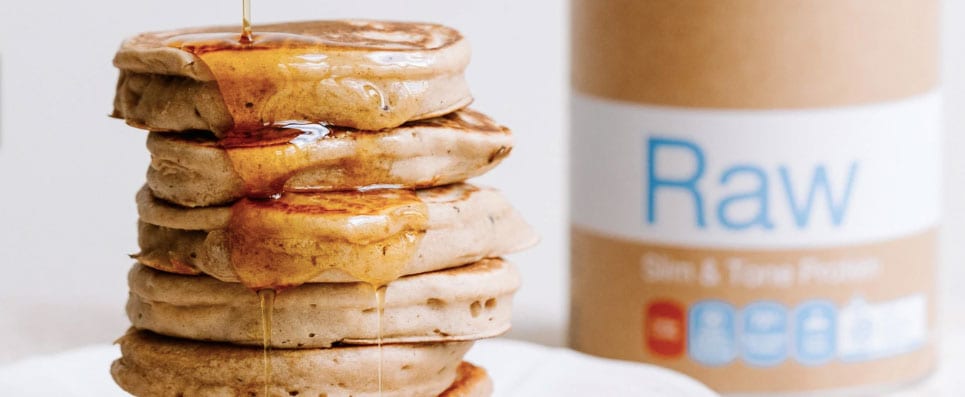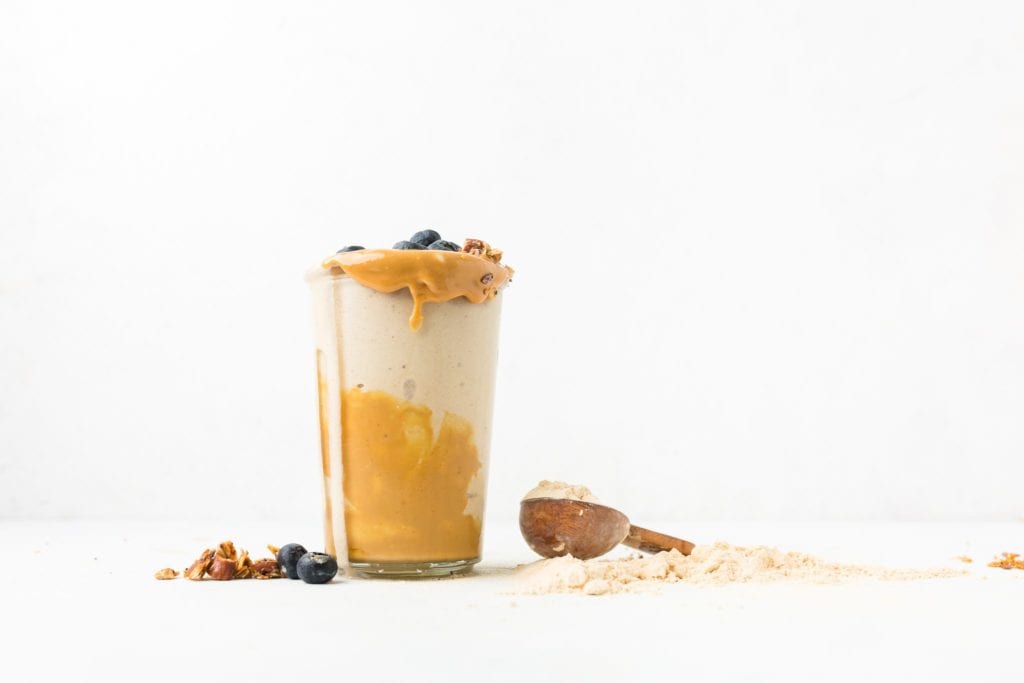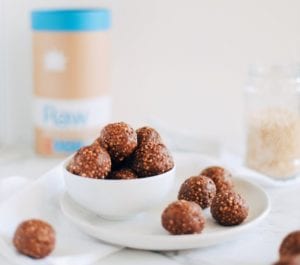HEALTH & WELLBEING
Food Cravings: What They Mean & How to Control Them

WORDS: PHOTOGRAPHY
Ever asked why you can’t stop at just one piece of creamy milk chocolate or one handful of deliciously salty potato chips? We all know the feeling. According to Amazonia’s Head Dietitian, Tara Kaff, there are a variety of factors that contribute to food cravings – and they’re a little more complex than you might think.
Food cravings arise from a range of psychological, social and biological factors. Managing cravings and preventing overeating can be crucial to maintaining a healthy body and also a healthy mind. Below are a few things to be mindful of when it comes to tackling unwanted cravings.
Sleep is a major factor
Studies show that even a single night of sleep deprivation can affect your hunger and appetite hormones, leading to increased hunger the next day. There are two hormones that regulate hunger and appetite. The first is ghrelin, which stimulates appetite, and the second is leptin, which decreases it. When the body is sleep-deprived, the level of ghrelin spikes while the level of leptin falls – sending signals to your brain telling it you’re hungry. Moral of the story: get your 7-9 hours of sleep each night.
Break your fast the right way
You’ve likely heard the phrase “breakfast is the most important meal of the day.” Well, that’s not entirely true. While some people need breakfast to set them up for the day, others feel better when they skip it. If you’re in the latter group, just bear in mind that fasting or skipping breakfast can result in a huge drop in blood sugars, which can cause cravings and lead to overeating. To set myself up for a healthy day, I like to eat a substantial breakfast that contains a good source of fats, protein and carbs. While the weather’s nice and warm, I’m loving a smoothie with frozen banana, almond butter and Amazonia’s Raw Protein Slim & Tone – which is packed with 22g of certified organic plant-based protein, 74 trace minerals and vitamins, thermogenic herbs and more per serve.
Try 6 mini meals instead of 3 main meals
If you often find yourself getting hungry between mealtimes, try eating balanced meals more regularly throughout the day. This will help manage your blood sugars. When our blood sugars drop, meaning the carbohydrates that float around in our blood are ready to be used as energy, we tend to crave highly palatable foods that contain high amounts of sugar or fat, often combined with salt and flavourings (think processed foods like chips, lollies and chocolate).
Snacking is not the enemy
We’ve covered why eating more regularly helps manage your blood sugars, however, that’s not all snacking is good for. Snacking in between meals is also a great way to get a wider variety of foods into your everyday diet. Rather than being limited to the foods you eat in your usual 3 main meals, try spreading out your food into smaller, more frequent meals. That muesli bar you wanted isn’t big enough to have as a main meal, so make it a healthy snack in between. This allows more food and more variety, leading to fewer cravings.
Plan your post-workout meal
A large percentage of people are unaware that their recovery meal is what’s setting them back in their training or weight loss journey. Your body is put through physical stress while exercising, so it’s important to refuel with a meal that’s going to support recovery and repair. Between ⅓ – ½ of your plate should be filled with complex carbohydrates to refuel muscle glycogen stores. A quarter should contain a source of lean protein and a small amount of healthy monounsaturated or polyunsaturated fats. The rest of your plate should be filled with colour – whether that be fruits, vegetables or both! Don’t go skipping carbohydrates in this meal because you have body composition goals. Carbs are crucial here!
Water, water, water
Did you know that your body’s signs of hunger and thirst are pretty much the same? Thirst occurs when your body needs water. When you don’t drink enough water, your body receives mixed signals on hunger, so it could be telling you to eat when what you really need is liquid intake (and no, that doesn’t mean a sugary soft drink).
Give in to the cravings (sometimes)
Sometimes, giving in to cravings is just as important as trying to manage them. Eating the food you love is crucial. The less you restrict yourself from the foods you enjoy, the more you’ll want them. Every now and again, it’s perfectly OK to eat the chocolate you’ve been craving, dish up a bowl of ice cream you’ve been wanting to try, or buy the brownie that’s been calling your name at the bakery every time you go to buy bread.













